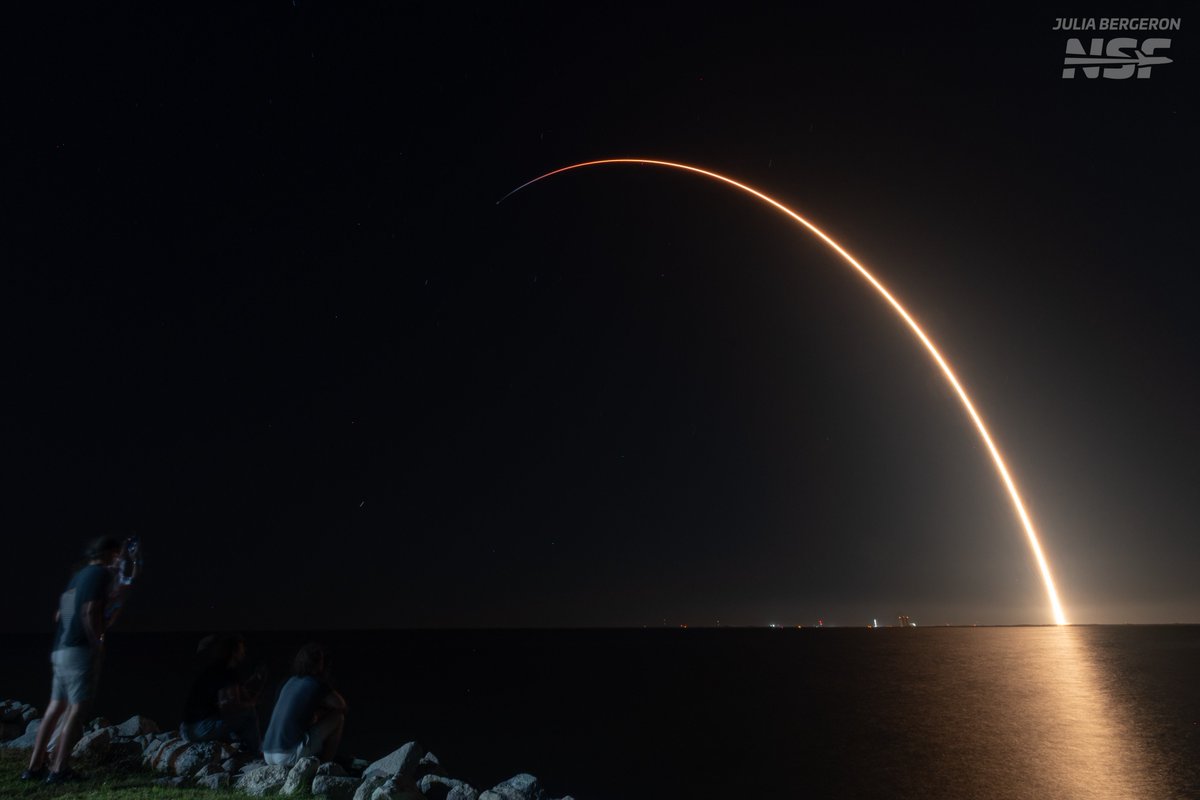SpaceX and international rivals gear up for unprecedented week of satellite launches
Following a successful Starship Flight 11, SpaceX is gearing up for a busy launch schedule, planning to conduct six Falcon 9 missions within a single week. This ambitious lineup includes four missions for the Starlink satellite network, one weather-delayed Kuiper mission for Amazon, and a flight for the Space Development Agency.
On the international scene, China is also ramping up its space activities with four launches scheduled in the same timeframe. In addition, Rocket Lab completed a successful Electron launch from New Zealand on Tuesday, marking another milestone in the private aerospace sector.
On Monday, October 13, a Chang Zheng 2D rocket lifted off from the Jiuquan Satellite Launch Center at 10:00 UTC, successfully deploying its payload, the Shiyan 31. This satellite serves as a demonstrator for new optical imaging technologies and was launched into a polar orbit.
Later that same day, SpaceX achieved a significant milestone with the final Block 2 Starship mission, which took off from Texas at 7:23 PM EDT. The mission, aptly named Starship Flight 11, used the Super Heavy Booster 15, which had previously contributed to another successful flight. After reaching its designated trajectory, the Starship deployed eight Starlink simulators and subsequently performed a controlled reentry, landing in the Indian Ocean, where both the booster and the spacecraft were intentionally destroyed, completing the mission objectives. With this flight, SpaceX is shifting focus to the new Block 3 design and plans to transition launches to a new pad.
Later that week, on October 13, SpaceX also launched 24 satellites for Amazon’s Project Kuiper. The KF-03 mission lifted off from Cape Canaveral at 9:58 PM EDT, overcoming prior weather delays. With this launch, SpaceX has now completed five Kuiper missions in total, moving towards Amazon’s ambitious goal of deploying over 3,000 satellites for global internet coverage.
On Tuesday, Rocket Lab’s Electron rocket successfully lifted off during the “Owl New World” mission, deploying its payload of Earth-imaging satellites into low Earth orbit from New Zealand. This mission marks a continued expansion for Rocket Lab in the satellite launch market.
Moving forward, SpaceX planned further Falcon 9 missions, including a critical flight for the Space Development Agency to deploy military communications satellites. As the launch cadence ramps up, international players like China are also contributing to the busy week, with several launches including the Chang Zheng 8A for LEO communication satellites and the Chang Zheng 6A, whose payload is still unspecified.
The week is expected to conclude with multiple Falcon 9 launches, including a mission that will mark the vehicle’s milestone 550th flight. SpaceX’s innovative booster technology continues to pave the way for reusable rocket missions, positioning the company at the forefront of modern space exploration.
